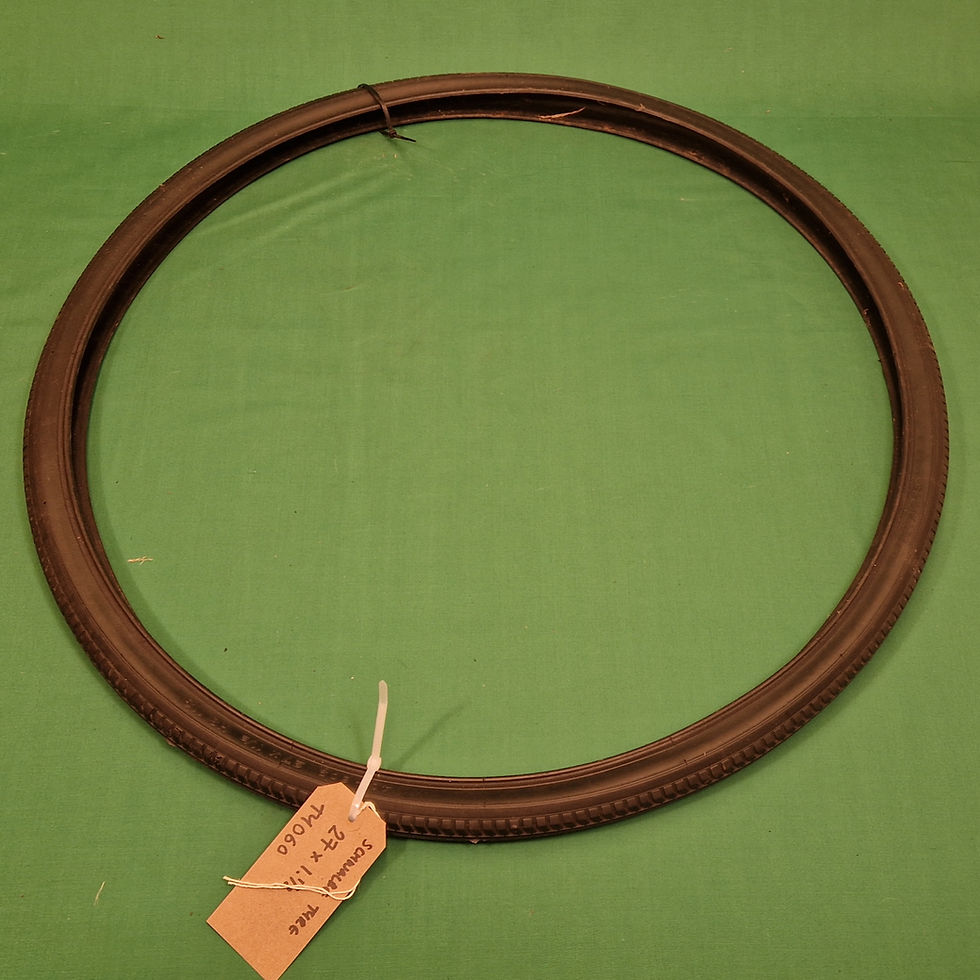Crafting the Perfect Bike Wheel
- Matt Murphy
- Jun 12
- 4 min read
Building a perfect bike wheel is an art form that combines skill, precision, and knowledge. Whether you're assembling a wheel for casual riding or competitive cycling, the importance of a well-crafted wheel cannot be overstated. A proper wheel enhances performance, provides stability, and improves overall bicycling experiences. In this post, we'll delve into the essential aspects of crafting the perfect bike wheel, offering you insights, tips, and techniques along the way.
Understanding Wheel Building
Wheel building is the process of assembling the various components of a bicycle wheel, which primarily includes the rim, hub, and spokes. Each component plays a critical role in the functionality and durability of the wheel.
When choosing your components, consider the following:
Rim: The rim is the outer edge of the wheel where the tire sits. It greatly affects the wheel's weight and aerodynamic properties. Aim for a rim that suits your riding style.
Hub: The hub is the central part of the wheel, where the axle connects to the bike frame. A high-quality hub will ensure smooth rotation and will be crucial for your bike’s overall performance.
Spokes: These are the rods that connect the hub to the rim. The number and type of spokes affect the wheel's strength and stiffness.
A solid understanding of these components is the first step towards mastering wheel building.

Choosing the Right Components for Your Wheel
Selecting the right components is vital for crafting a perfect bike wheel. Here are some aspects to consider for each component:
Rims
When choosing rims, look at their width, weight, and material. Wider rims provide better tire support and stability, especially for wider tires. Aluminum rims are lightweight and common for racing, while carbon fiber rims add significant performance benefits, though they come at a higher cost.
Example: If you are a mountain biker, consider a wider aluminum rim that can handle rough terrains. Conversely, a road cyclist may opt for lighter carbon rims for speed.
Hubs
Hubs come in various types, each fitting different bicycles. For instance, sealed bearings reduce maintenance and provide smooth performance but might be pricier. Ensure the hub is compatible with your bike's dropouts and gearing system.
Tip: Regularly check your hub for wear if you ride often, as a well-maintained hub can lead to longer-lasting wheels.
Spokes
The number of spokes varies; typically, road bikes use 20-32 spokes, while mountain bikes may have more. Double butted spokes are lighter and stronger than regular ones. Pay attention to the configuration (crossed or radial) as this impacts strength and stiffness.
Selecting the right components tailored to your cycling needs sets the groundwork for a reliable bike wheel.

The Wheel Building Process
Building a bike wheel can seem daunting, but it becomes manageable with the right steps. Here’s a simplified guide to get you started:
Step-by-Step Guide
Gather Tools and Materials: You'll need spoke wrenches, rim tape, a truing stand, and possibly a tension meter.
Lace the Spokes: Start by lacing the spokes into the hub and then into the rim, following a specific pattern (usually a 3-cross pattern for strength).
Tightening Spokes: Gradually tighten the spokes, being careful to maintain even tension. This is crucial to prevent warping.
True the Wheel: With the wheel in a truing stand, adjust the spokes to ensure the rim is straight and centered. This step is key for smooth riding.
Final Tension Checks: After the wheel is trued, check spoke tension using a tension meter. Consistent tension helps maintain wheel integrity over time.
By breaking the process down into these steps, you can build quality wheels with confidence.
Common Challenges in Wheel Building
Every wheel builder encounters challenges along the way. Recognizing these challenges can make the process smoother.
Misalignment
One common issue is misalignment during the truing process. This can cause the bike to pull to one side when riding.
Solution: Regularly check for alignment while adjusting tension. Use the truing stand to catch any misalignment early on.
Spoke Tension Variability
Inconsistent spoke tension can lead to weak spots in the wheel, compromising safety and performance.
Solution: Tension meters can help you monitor and adjust the tension accurately throughout the building process.
Rim Damage
Rims can suffer from damage due to improper lacing or tensioning techniques.
Solution: Always double-check your work. If a rim appears warped, take the time to readjust before finalizing your build.
By being proactive about these challenges, you will be more prepared to handle them effectively.
Maintenance for Longevity
Building the perfect wheel is just the beginning. Regular maintenance is essential to ensure its longevity and performance. Here are some maintenance tips:
Regular Inspections: Periodically inspect wheel integrity by checking spoke tension and rim alignment. Look for signs of wear, especially on the hub and spokes.
Proper Cleaning: Keep the rim and spokes clean, free from debris and dirt. This will help maintain your wheel's performance.
Lubrication: Maintain the hub's bearings by applying appropriate lubricants to protect against wear and increase longevity.
Maintaining your wheels not only enhances performance but also saves money in the long run, reducing the need for replacements.
Embedding Wheel-Building Tips Into Your Routine
As you venture into wheel building, consider incorporating these practical wheel-building tips into your routine for optimal results:
Practice Patience: Take your time during each stage of the process. Rushing can lead to errors that compromise quality.
Seek Community Feedback: Joining cycling forums or local cycling clubs can provide support and alternative techniques. It's invaluable to learn from experienced wheel builders.
Keep Learning: Stay updated on advancements in materials and techniques by reading articles, watching videos, or attending workshops.
Mastering the art of wheel building can be both rewarding and enjoyable. With the right knowledge, patience, and practice, your wheels will not only serve you well but enhance your overall cycling experience.




































Comments